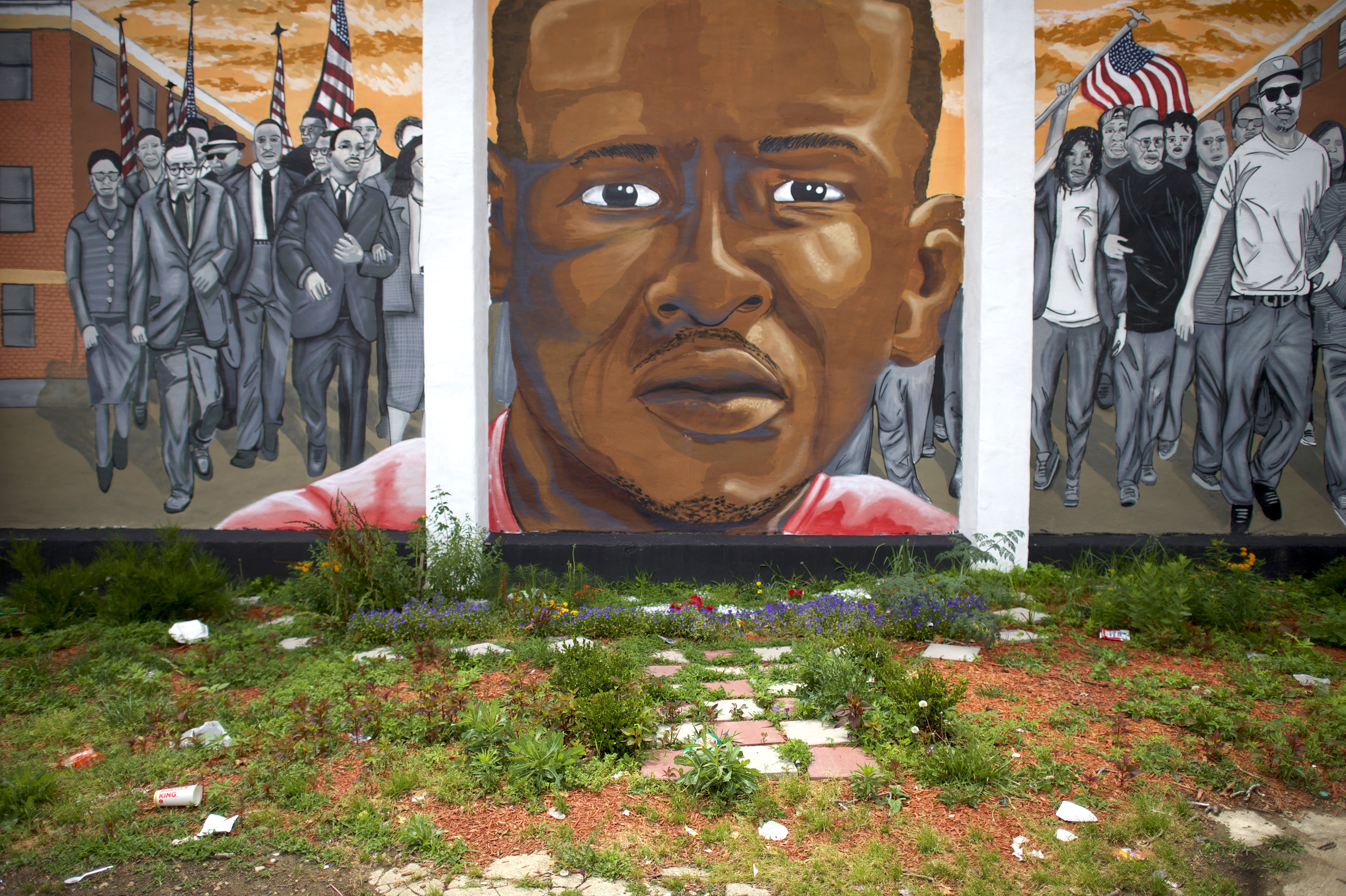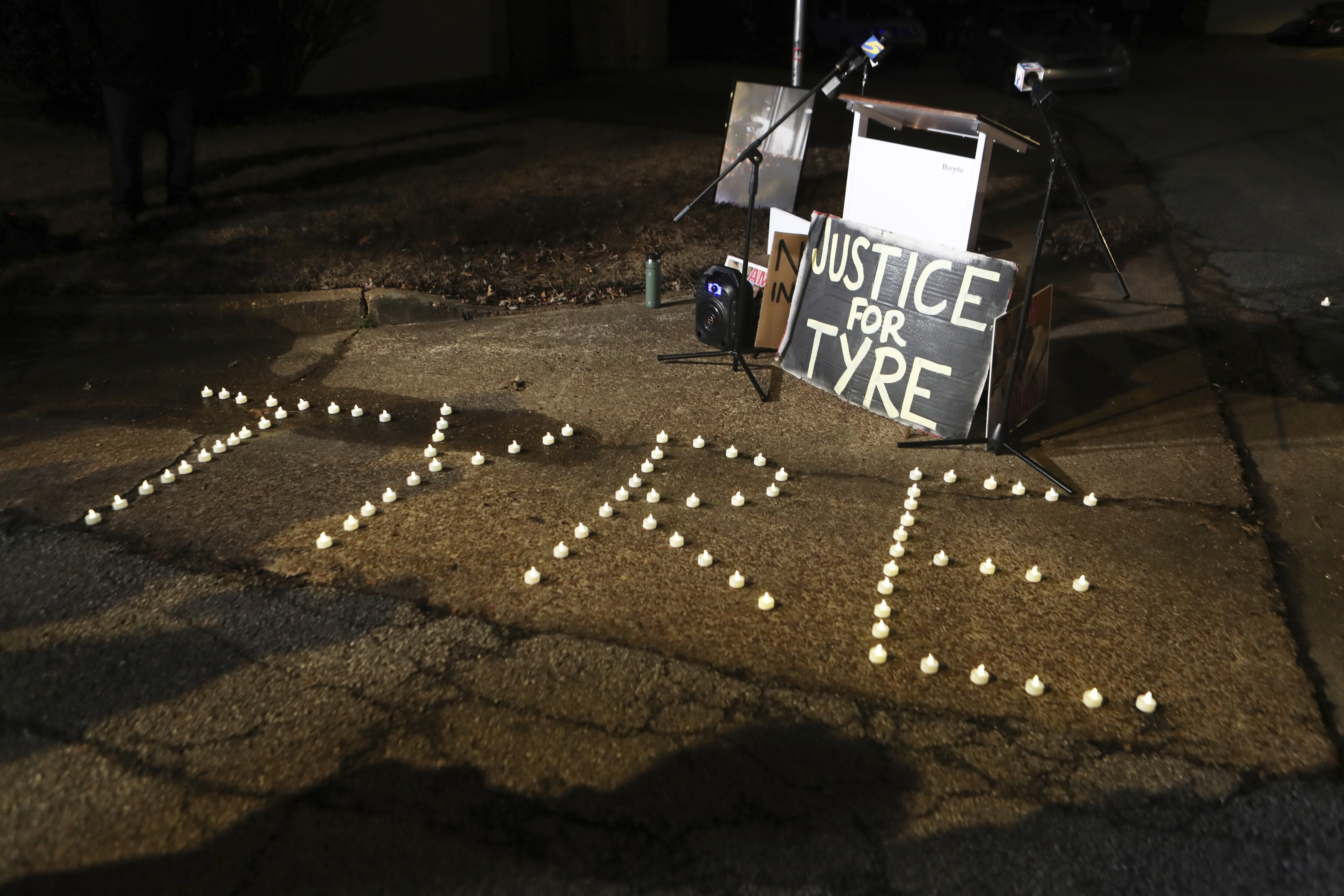Freddie Gray's Death: Baltimore 10 Years Later - Reform a Reality?
Baltimore: 10 Years After Freddie Gray, Justice Still Burning?
Introduction: A City Still Reckoning
Ten years. It's a decade since the death of Freddie Gray ignited a firestorm of protest in Baltimore, a city already simmering with frustration. Ray Kelly, a community activist, felt the heat firsthand. Seeing high school students clashing with police, his instinct was to protect them, to de-escalate. But what he witnessed instead was a neighborhood in flames, a city grappling with a pain that ran much deeper than a single incident.
The unrest that erupted after Gray's death wasn't just about one man; it was about generations of oppression, of systemic inequities that had left Black communities in Baltimore struggling for air. Racist housing policies, crumbling schools, limited job opportunities, rampant gun violence, and deplorable living conditions – these were the ingredients of a powder keg that Freddie Gray's death ignited. But a decade later, has the dust settled? Have the promises of reform been kept? Or is Baltimore still fighting for the justice it so desperately seeks?
Remembering Freddie Gray: More Than Just a Name
Freddie Gray's name became synonymous with police brutality and systemic racism. But he was more than just a symbol. He was a young man, a son, a neighbor. His death became a catalyst for change, forcing a national conversation about police accountability and the treatment of Black Americans. To understand where Baltimore is today, we must first remember the human cost of this tragedy.
The Initial Spark: Arrest and Injury
Gray's arrest and the circumstances surrounding his spinal injuries remain points of contention. The timeline of events inside the police van, the actions of the officers involved – these details continue to fuel debate and underscore the need for transparency and accountability in law enforcement.
The Uprising: A City in Pain
The protests weren't just about anger; they were about desperation. They were a cry for help from a community that felt abandoned and ignored. The burning buildings and looted stores were a visual representation of the deep-seated frustration and pain that had been simmering for years. Can we truly condemn the actions of those who felt they had no other way to be heard?
The Aftermath: Promises Made, Promises Kept?
In the wake of the unrest, promises of reform were made at every level of government. Investigations were launched, task forces were formed, and new policies were proposed. But have these efforts translated into real, lasting change on the ground?
Federal Intervention: A Look at the Consent Decree
The Justice Department investigation into the Baltimore Police Department (BPD) revealed a pattern of systemic misconduct and discriminatory practices. The subsequent consent decree was intended to overhaul the BPD, addressing issues like excessive force, biased policing, and lack of accountability. Is the consent decree working? Are the reforms truly taking root?
Prosecuting the Officers: Justice Denied?
The decision to charge the officers involved in Gray's death was met with both hope and skepticism. Ultimately, none of the officers were convicted. This outcome left many feeling that justice had been denied, further fueling mistrust and resentment towards the police.
Police Reform: Progress and Persistent Challenges
Police reform is a marathon, not a sprint. While some progress has been made, significant challenges remain in building trust between the police and the communities they serve.
Body Cameras: A Tool for Transparency?
The implementation of body cameras was seen as a key step towards transparency and accountability. But body cameras alone are not a panacea. Are officers held accountable for policy violations revealed by body camera footage? Are the policies surrounding body camera use effective in protecting both the public and the police?
Community Policing: Building Bridges or Just a Buzzword?
Community policing emphasizes building relationships between officers and residents. But genuine community policing requires more than just occasional interactions; it requires sustained engagement, mutual respect, and a willingness to listen to and address community concerns. Is Baltimore truly embracing community policing, or is it just paying lip service to the idea?
Accountability and Oversight: Holding Officers Responsible
Holding officers accountable for misconduct is crucial for restoring trust in the police. This requires robust internal investigations, independent oversight mechanisms, and a willingness to discipline or terminate officers who violate policies or engage in misconduct. Is Baltimore's police accountability system truly effective in holding officers responsible?
Racial Equity: Beyond Policing
The issues that fueled the unrest after Freddie Gray's death go far beyond policing. Addressing racial equity requires tackling systemic inequalities in housing, education, employment, and healthcare.
Housing Discrimination: A Legacy of Inequality
Historical housing policies, such as redlining, have created and perpetuated segregation and inequality in Baltimore. Addressing these issues requires investing in affordable housing, promoting fair housing practices, and dismantling discriminatory zoning laws.
Education: Investing in the Future
Crumbling schools and inadequate resources limit opportunities for Black students in Baltimore. Investing in education, improving teacher quality, and providing access to resources are essential for ensuring that all students have the opportunity to succeed.
Economic Opportunity: Creating Pathways to Prosperity
Limited job opportunities and economic disparities contribute to poverty and inequality. Creating pathways to economic prosperity requires investing in job training programs, supporting small businesses, and addressing systemic barriers to employment.
Healthcare Access: Closing the Gap
Disparities in healthcare access and outcomes contribute to health inequities. Ensuring access to quality healthcare, addressing social determinants of health, and promoting health equity are essential for improving the health and well-being of all Baltimore residents.
Community Voices: The Heart of Change
The voices of community members are essential for shaping solutions and driving change. Listening to and empowering residents is crucial for building a more just and equitable Baltimore.
Activism and Advocacy: Demanding Justice
Community activists and advocacy groups have been instrumental in pushing for police reform, racial equity, and social justice in Baltimore. Their tireless efforts have helped to raise awareness, hold elected officials accountable, and drive policy change.
Community Organizations: Building from the Ground Up
Community organizations provide vital services, resources, and support to residents. Investing in and supporting these organizations is essential for strengthening communities and addressing local needs.
Looking Ahead: The Long Road to Justice
Ten years after Freddie Gray's death, Baltimore has made some progress towards police reform and racial equity. But much work remains to be done. The road to justice is long and arduous, but it is a journey that must be undertaken with unwavering commitment and determination.
Sustained Commitment: A Marathon, Not a Sprint
Real change requires sustained commitment from elected officials, law enforcement, community leaders, and residents. It requires a willingness to confront uncomfortable truths, challenge entrenched systems, and work together to build a more just and equitable society.
Collaboration and Partnership: Working Together for Change
Effective solutions require collaboration and partnership between government, law enforcement, community organizations, and residents. Breaking down silos, fostering communication, and building trust are essential for achieving lasting change.
Conclusion: A City at a Crossroads
Ten years after the death of Freddie Gray, Baltimore stands at a crossroads. The city has made some strides toward police reform and racial equity, but the deep-seated challenges that fueled the 2015 unrest persist. As we remember Freddie Gray and reflect on the events of the past decade, we must recommit ourselves to the ongoing struggle for justice, equality, and opportunity for all Baltimore residents. The key takeaways are clear: sustained commitment, meaningful police reform that emphasizes accountability, and investment in communities – particularly in education, housing, and economic opportunity – are essential to creating lasting positive change. The question remains: will Baltimore seize this opportunity and build a better future, or will it remain trapped in a cycle of inequality and injustice?
Frequently Asked Questions
- What specific steps has the Baltimore Police Department taken to improve accountability since Freddie Gray's death?
The BPD has implemented body-worn cameras, revised use-of-force policies, and strengthened internal investigation procedures. However, the effectiveness of these measures remains a subject of ongoing debate and scrutiny. Citizen oversight panels have also been created, but their power to affect real change is often limited.
- How has the city of Baltimore addressed the systemic issues of housing discrimination and segregation in the past decade?
While some progress has been made in promoting fair housing practices, redlining and discriminatory zoning laws continue to contribute to segregation. There have been investments in affordable housing initiatives, but the demand far exceeds the supply, leaving many residents struggling to find safe and affordable places to live.
- What are some of the most pressing economic challenges facing Black communities in Baltimore today?
High unemployment rates, limited access to capital for small businesses, and a lack of job training programs are among the most pressing economic challenges. Many Black residents are trapped in low-wage jobs with limited opportunities for advancement. Efforts to attract new businesses to underserved communities have had mixed results.
- How have educational outcomes for Black students in Baltimore changed since 2015?
While graduation rates have improved slightly, significant achievement gaps persist between Black students and their white counterparts. Many schools in predominantly Black neighborhoods remain underfunded and lack the resources necessary to provide a quality education. Efforts to address these disparities have been hampered by budget constraints and political gridlock.
- What role can community members play in promoting police reform and racial equity in Baltimore moving forward?
Community members can play a vital role by engaging in activism, advocating for policy changes, supporting community organizations, and holding elected officials accountable. They can also participate in community policing initiatives, build relationships with law enforcement, and demand transparency and accountability from the BPD. The key is sustained engagement and a commitment to working collaboratively towards a more just and equitable Baltimore.

